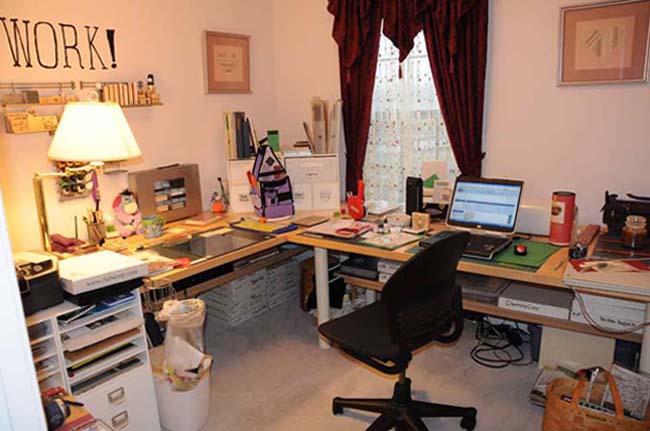Well written directions for a poor technique are going to give poor results.
I've been entertaining myself by reading some of the free instruction on the web for how to do digital scrapping tricks. I can enlarge the font in Firefox.
I ran into the most tortured workaround I have ever heard of for doing an extraction. The directions had me create a crude clipping mask layer, then edit it after I had clipped my image to it. I'd see my image trim down as I erased and painted to add or subtract from my clipping mask layer. But I wasn't really editing my image. If I moved my image layer, I was in trouble.
A clipping mask is a shape, it isn't a specific location. If I move the bottom layer, the shape will move to a different location. If I move the top layer, it's not going to change the location of the shape in the layout, but it will change what part of the top layer can be seen. I can move the top layer completely off the shape in the bottom layer and then I can't see anything of the top layer at all. It's still 'clipped' but not where I can see it.
To add to the annoyance, I was told to use an eraser tool and a brush tool to erase and to add back. OK. If I make lots of mistakes, why can't I just use History and try again, instead of having to switch tools and colors? That's a lot of clicking to put back a hand wobble.
Another problem is in the anti-alias. Anti alias is a smoothing, or blurring effect, and it cannot be completely removed by adjusting the hardness of the brush tip I am using. Even a one-pixel brush set at 100% hardness is going to have some anti-alias. If I am working in black on a white background and I zoom in to 500%, I'll see some gray pixels at the edges. That's anti-alias at work. With a larger brush, I have the joy of knowing that the cursor might be a circle I can see, but erasing doesn't happen at the exact edge of the circle. What I see at the edge of the circle is a color change, but not a complete erase. That happens in the middle of the circle and I can't place it exactly. With a harder brush it is closer to the edge, but never exactly at the edge.
A pencil is a precise tool, with no anti-alias at the edge. But switching back and forth from a soft edge eraser to a precision edge pencil doesn't mean that I'll get a precise shape as a result.
The directions were clear, with graphics and arrows and a lovely sample photo. But it was not what I'd consider the best way to get results. I'm still a fan of the Pen tool.
Don't forget, "Anything free is worth what you pay for it." That includes directions.
Thursday, September 3, 2009
Subscribe to:
Post Comments (Atom)





No comments:
Post a Comment